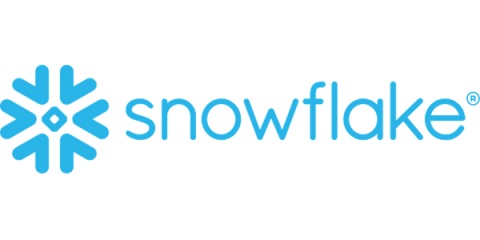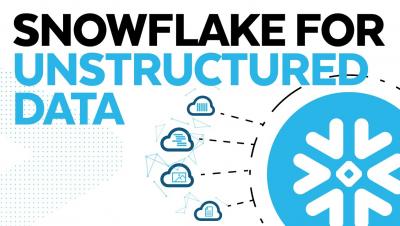Systems | Development | Analytics | API | Testing
April 2022
How To Scale Threat Detection & Response With Snowflake & Securonix
How Your Organization Can Win in Today's Data Economy
The skyrocketing value of data has created a global supply and demand for data, data applications, and data services. This new data economy is powered by technologies that enable data access and sharing, including cloud platforms, exchanges, and marketplaces.
Support Multiple Data Modeling Approaches with Snowflake
Since I joined Snowflake, I have been asked multiple times what data warehouse modeling approach Snowflake best supports. Well, the cool thing is that Snowflake supports multiple data modeling approaches equally. Turns out we have a few customers who have existing data warehouses built using a particular approach known as the Data Vault modeling approach, and they have decided to move into Snowflake. So the conversation often goes like this.
Elevate Gives Retailers a Powerful New Tool for Managing Supply Chains
New Snowflake Features Released in March 2022
In March, Snowflake continued to enhance its capabilities around data programmability and data pipeline development, with the Snowpark API and stored procedures for Java now in public preview, schema detection now generally available, and the Snowflake SQL API generally available. In addition, Snowflake’s user interface, Snowsight, is generally available. Not to mention an expanded selection of new partners to choose from in Snowflake Data Marketplace.
Get Your Retail Plan in Shape: A 7-Step Regimen for Year-Round Selling
Once upon a time, the retail calendar centered itself on the Christmas season. Now, the retail surge is year-round. Not just the wave of traditional seasonal holidays from Valentine’s Day to the 4th of July, but also newer sales holidays, such as Cyber Monday, or even holidays created by some gigantic companies themselves, like Amazon’s Prime Day. Now, instead of a steady pace leading up to a frenzied December, retailers are in sprint mode all the time.
Analyzing Unstructured Data With Snowflake Explained In 90 Seconds
Unstructured Data Now Generally Available in Snowflake, Processing with Snowpark in Public Preview
We’re excited to announce the general availability of the unstructured data management functionality in Snowflake. We launched public preview of this functionality in September 2021, and since then we have seen adoption by customers across industries for a variety of use cases. These use cases include storing and securing call center recordings, securely sharing PDF documents in Snowflake Data Marketplace, storing medical images and extracting data from them, and many more.












